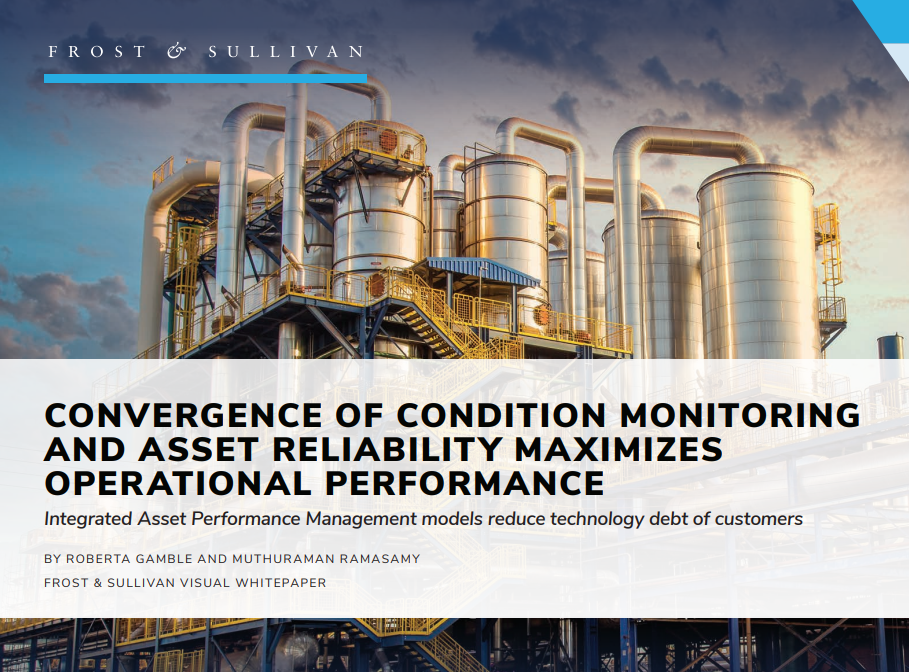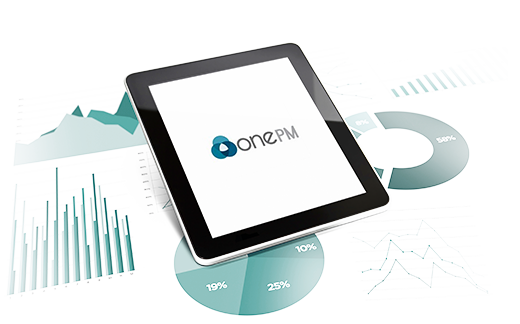Microsoft Excel is an amazing tool. Yet it has its limitations and flaws for engineers who aren’t trained in computer programming.
The main problem with Excel for managing maintenance programs is a simple one, yet it’s largely unavoidable. It’s called human error. No matter how fastidious you are when creating a spreadsheet, a single line of data that is entered incorrectly—or, worse, an inaccurate user-defined formula—can have huge implications down the track.
In fact, a study by Raymond Panko has found that 88% of spreadsheets contain errors. He warns:
These error rates are completely consistent with error rates found in other human activities. With such high cell error rates, most large spreadsheets will have multiple errors, and even relatively small “scratchpad” spreadsheets will have a significant probability of error.
When it comes to maintenance, these small errors can quickly add up.
Think of a multi-million-dollar maintenance project. A maintenance manager unwittingly enters a few incorrect cost estimates. Decisions are made based on the calculations resulting from this incorrect data, and machinery is not maintained when it should be.
Or, the equation for failure probability is not quite right. According to the spreadsheet, a major piece of equipment isn’t likely to fail anytime soon, so you delay maintenance. Whoops. The equipment fails and the whole plant needs to be shut down. The downtime costs tens of thousands a day.
Yes, Excel can be used to create links between different sheets, develop hierarchical relations and create simple pivots. It can even run complex Monte Carlo simulations for determining probabilistic likelihoods of asset failure. It’s flexible and easily adaptable. But can your organization afford the risk of compounding errors due to incorrectly entered data or a flawed formula?
Making sense of work management
As any maintenance engineer or manager will know, work management is a critical piece of the maintenance puzzle. It’s all about evaluating your equipment, deciding what you need to do with it, scheduling the work in, completing the work and finally reviewing your actions.
You’d be hard-pressed to find an organization that doesn’t have a good work management process in place. And a raft of enterprise software systems exist to help manage the activity (think SAP PM or Maximo).
Yet these enterprise systems fall down in one crucial area: Asset Strategy Management. Reliability analysis is not built into the tools, and so organizations fall back on spreadsheets to manage things like predictive failure analysis, failure mode effects analysis and reliability simulations.
The good news? Implementing an Asset Strategy Management (ASM) solution removes the inconsistent outcomes from asset strategies and drives continuous reliability improvement. Asset Strategy Management helps to answer the ‘what’ and ‘when’ of maintenance, and is proving to save money, dodge downtime and improve overall business performance.
Key benefits of Asset Strategy Management
The use of an enterprise ASM solution over spreadsheets offers huge value to any organization.
First, as a structured solution, you know that it has gone through rigorous rounds of testing by experienced programs. Formula errors simply don’t exist.
What about human error? An ASM solution helps you avoid user input errors through data validation and verification. You set up business rules and logic that immediately flags if an error has been made. For example, there’s a common field called a ‘system condition’. You can set the field as mandatory—a user must enter a number to progress to the next field. You can even stipulate what number/s it can be.
ASM delivers huge efficiency gains. We have seen it take almost three years to develop a reliability management strategy using Excel spreadsheets. Using an enterprise ASM software tool, complex reliability strategies were up and running in six months.
Efficiency is also found in the reduction of the number of files being used. If you’re using spreadsheets to manage maintenance schedules, it’s common to have a different spreadsheet at each site. A change that needs to be deployed globally requires huge effort and carries risk of error. When data is consolidated into one ASM system, changes can be made singularly and globally. Reliability studies seamlessly interact with the CMMS without version issues and/or loss of data.
Perhaps the most significant benefit of an ASM solution is its ability to facilitate risk-based decision making. Spreadsheets do no provide real-time analytics to guide informed decisions. With the right Asset Strategy Management system in place, all the key metrics you need to make those business-critical decisions that could make or break your business are at your fingertips.


